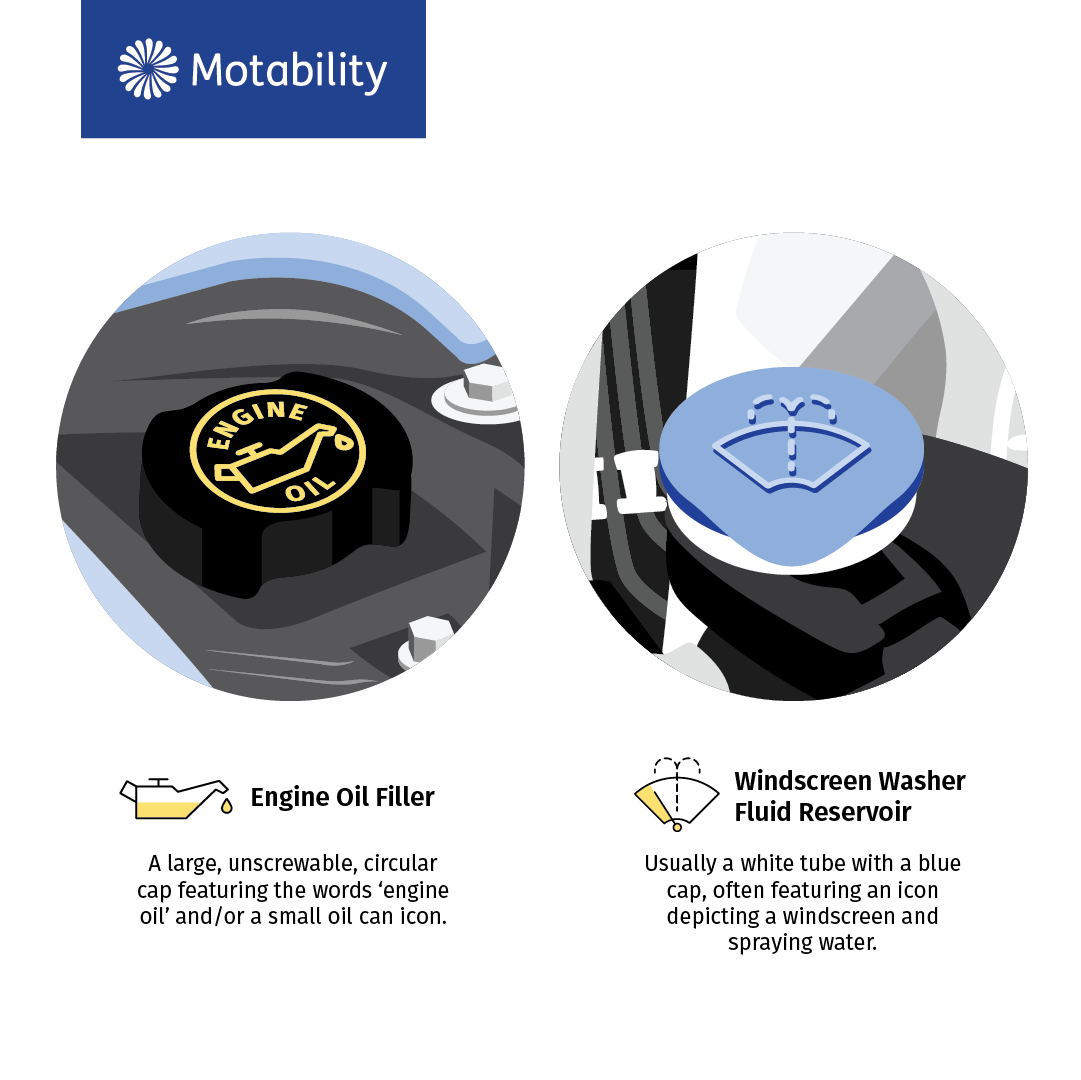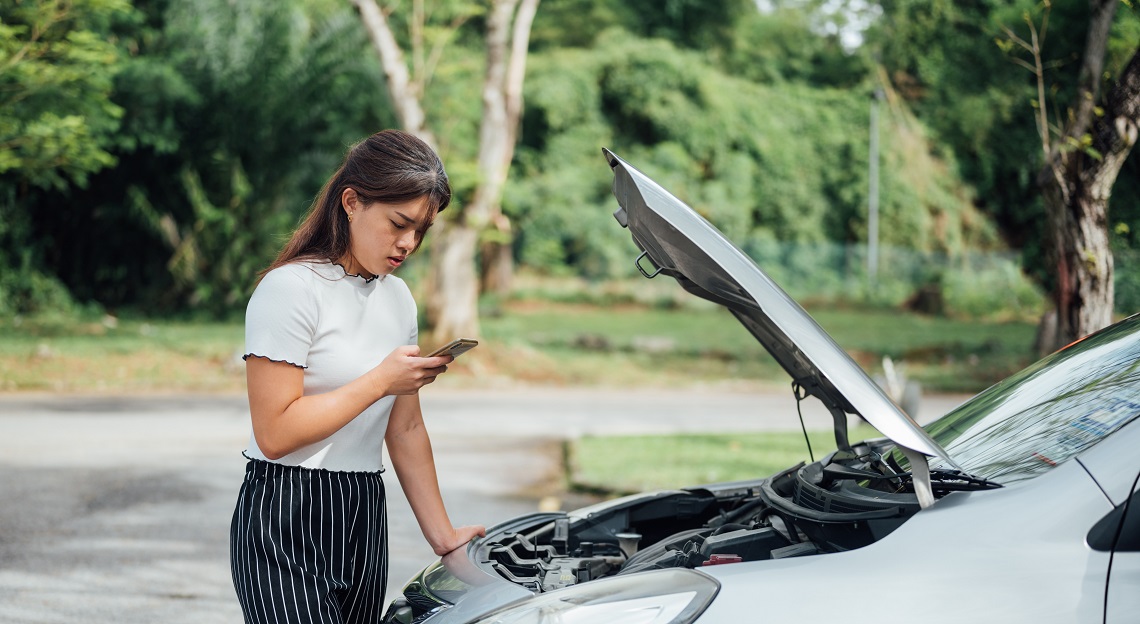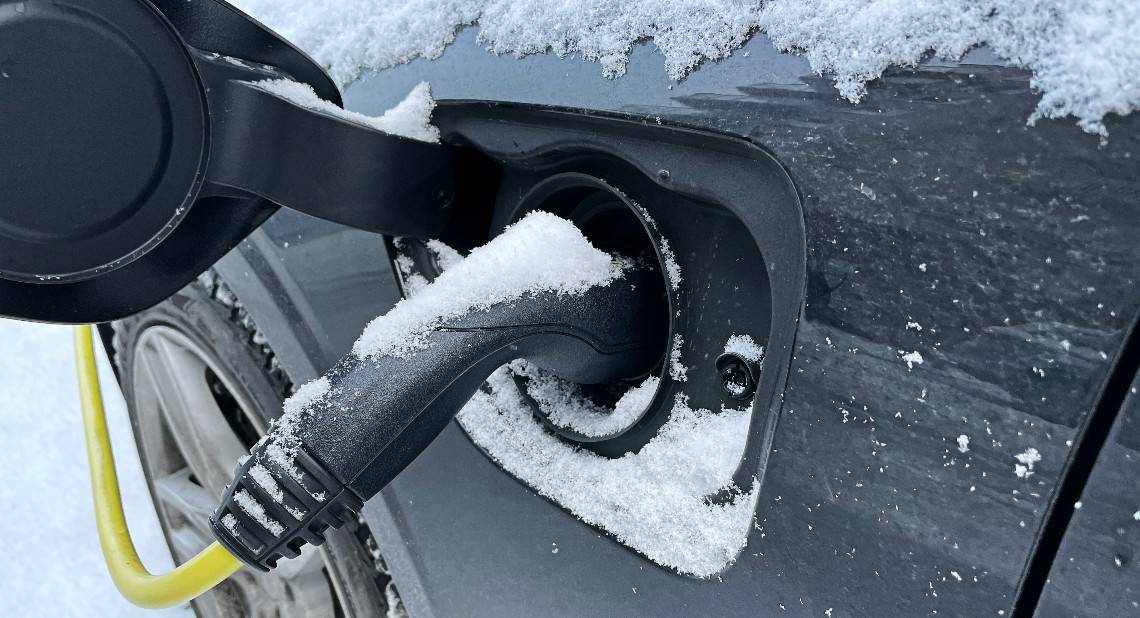Whether you’re an experienced driver, an absolute beginner, or someone in-between, this guide will help you identify the four main components you need to recognize when you lift your car’s hood, regardless of whether you drive a diesel or petrol vehicle.
Keep reading to learn how the different parts under your car’s bonnet work, and how they help keep your vehicle in good, roadworthy condition.
Looking beneath the bonnet of a car can be a confusing business for even the most experienced of drivers. A survey earlier this year found that over a quarter of drivers in the UK can’t identify what’s under their car’s bonnet. It also found that a third of drivers aren’t able to top up their vehicle’s screenwash, while one in five can’t identify the dipstick used to check oil levels.
The good news is that there are only a few components under your car’s hood that you really need to know and interact with. The inner workings of your car are intricate, and most of them should only be handled by qualified mechanics. If you’re a Motability Scheme customer, your vehicle will undergo regular checks to ensure it’s operating correctly and all its parts are in good condition.
However, there are still four components that all car owners or drivers really do need to be able to identify and have a basic understanding of. These are:
The four key components you’ll find beneath your car’s bonnet:
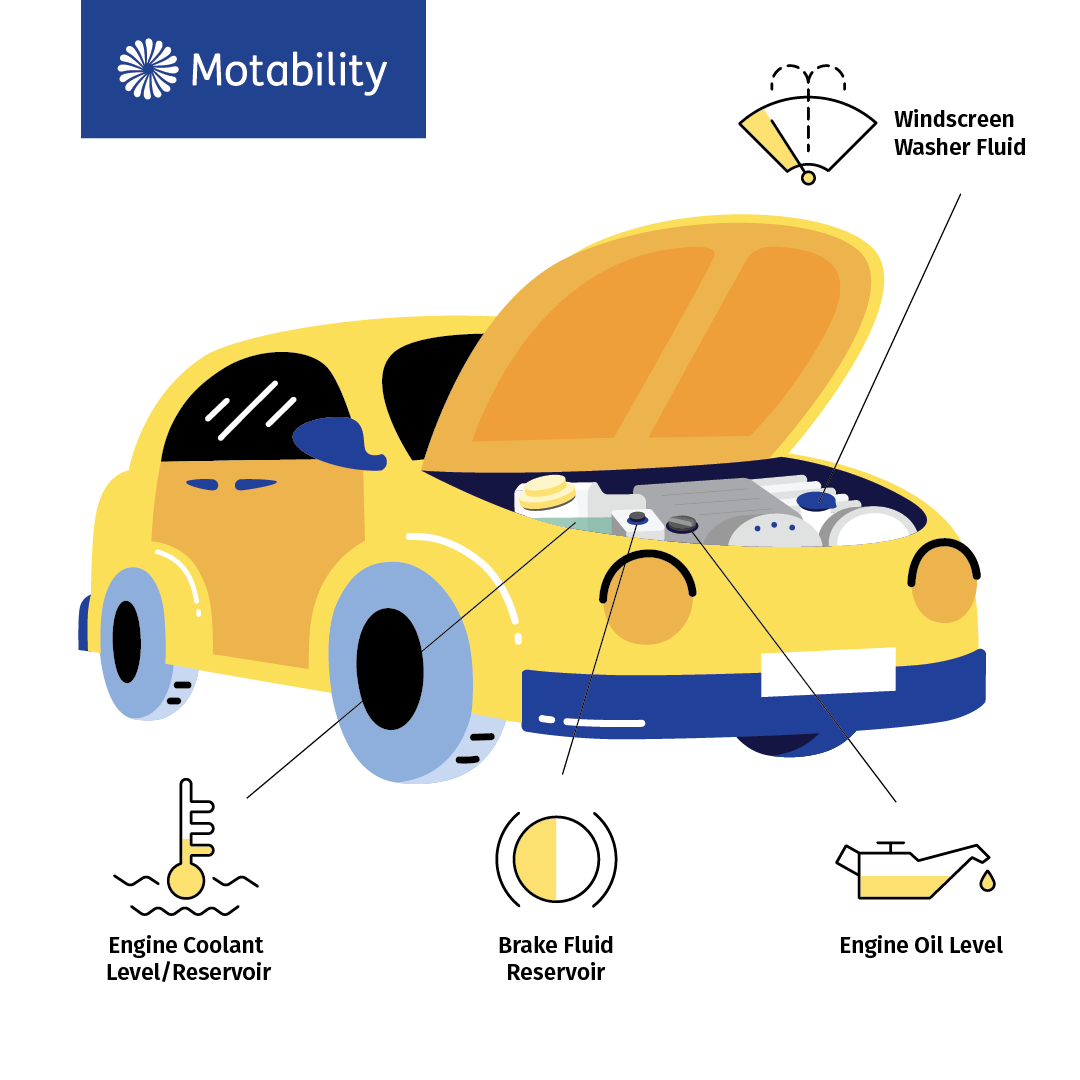
Most modern cars will send an alert to the dashboard if they detect an issue. It’s also good practice to regularly check these four key components, ideally on a monthly basis, to proactively prevent any potential issues. If this is not safe for you to do this on your own, please ask a friend or family member to help – you can also get further support from your dealer.
Engine coolant reservoir
Coolant is added to the car’s cooling system to regulate the engine’s temperature, as well as help prevent scale build-up and protect against corrosion. Coolant is created when antifreeze is diluted with water, though it can be bought as a pre-mixed coolant to suit your engine. If you don’t keep the solution at the correct level, a number of parts of your car are in danger of being damaged, including the radiator and the engine itself.
Identifying the antifreeze reservoir should be simple. Look for a small, clear plastic container containing a bright liquid, usually red, pink, green, or orange. Always make sure to top up your coolant using the type and brand recommended by your car’s manufacturer – if in doubt, refer to your car manual.
Brake fluid reservoir
Brake fluid plays a vital role in bringing your car to a stop when you apply pressure to the brake. Without the correct level of brake fluid, your brakes will be compromised. Check regularly that your fluid is at the right level, consulting your handbook for details. Also check that the fluid has a healthy, golden colour – over time it can become contaminated and turn a browny colour, a sign that its effectiveness has been reduced.
Your brake fluid is stored inside a plastic reservoir, often with a black screw-top cap featuring a yellow ‘book’, hexagonal shield, and warning symbol. If it appears stale or low, contact your dealer and ask for their help – changing the brake fluid is not a do-it-yourself task.
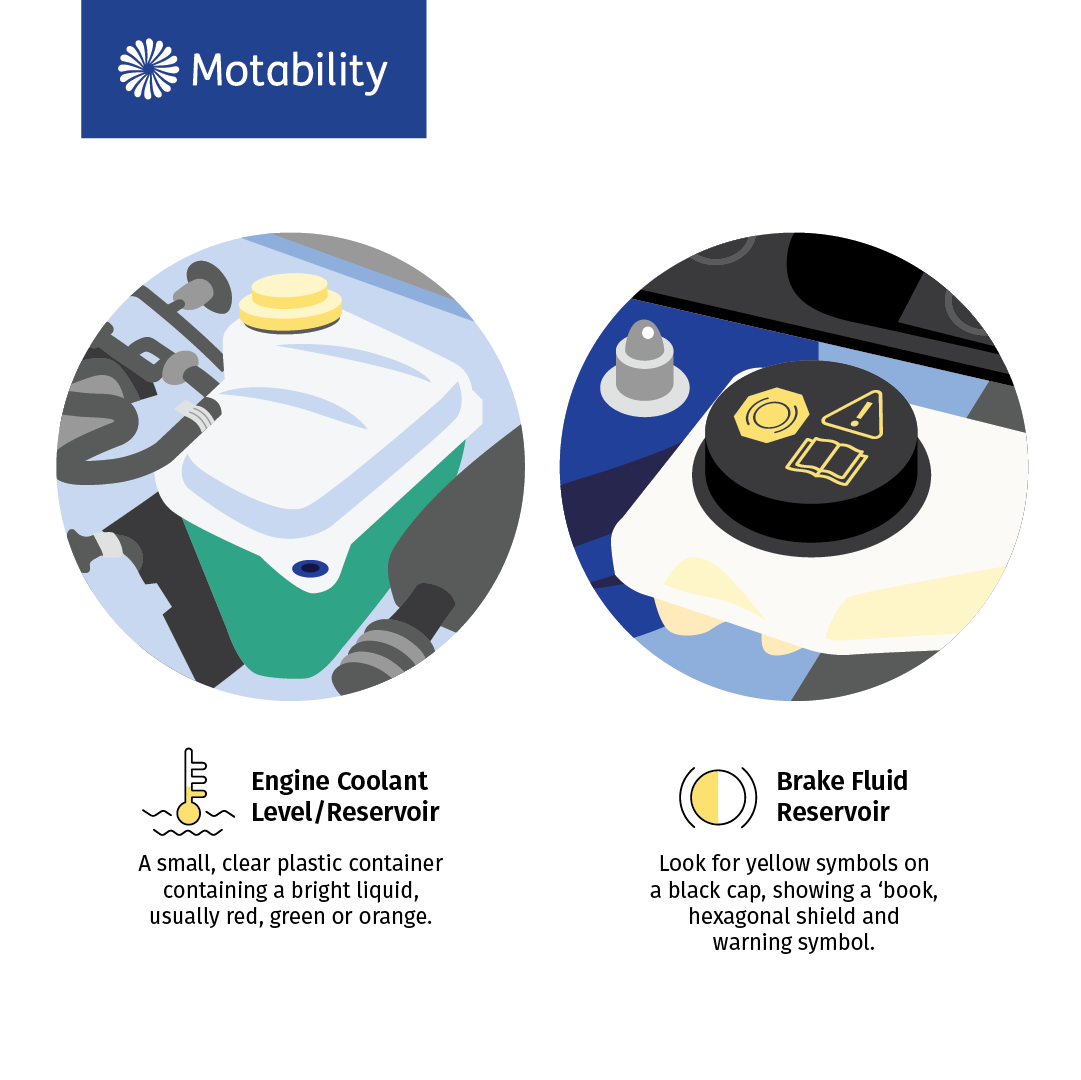 Engine oil filler
Engine oil filler
Engine oil plays a crucial role in any petrol or diesel car, lubricating the engine’s moving parts to ensure they run effectively and efficiently. The oil filler is located on the top of the engine, its top having a small oil can icon and/or the word ‘oil’. However, to test the oil level, you need to locate the dipstick (the oil level indicator), which is a thin rod with a circular ‘O’ at the top. It’s usually yellow, easy to spot, and pulls out of the oil chamber. The dipstick has two marks on it, showing the maximum and minimum oil levels – halfway between the minimum and maximum levels is usually correct, though you should consult your owner’s manual to be certain.
While manufacturers recommend changing your oil every 12 months or 9,000 miles, it’s worth checking the levels every couple of months. If you need to top the levels up, or if in doubt, speak to your managing dealer and they will be able to assist you.
Windscreen washer fluid reservoir
The washer fluid that sprays onto your windscreen to aid visibility as you drive is kept in the windscreen washer fluid reservoir. It should be very easily identifiable by an icon depicting a windscreen and spraying water on the reservoir’s cap.
If you need to top up the washer levels, aim for no more than three-quarters full, but check the car’s manual for specific instructions, and only ever use the type of fluid specified by your car’s manufacturer. If the reservoir loses fluid rapidly, it’s likely it has a crack and will need to be replaced. If this is the case, speak to your dealer and they will be able to assist.
About the Scheme
The Motability Scheme makes leasing a car an easy, hassle-free experience. With the Scheme, you can exchange part or all of your qualifying mobility allowance to lease a brand-new vehicle of your choice. Insurance, breakdown assistance, servicing and maintenance are already arranged and included, so you can enjoy the freedom that comes with our lease package.
Related articles
How to check a car’s engine oil
How do petrol-powered engines work?
Hybrid cars: your questions answered
![]()

